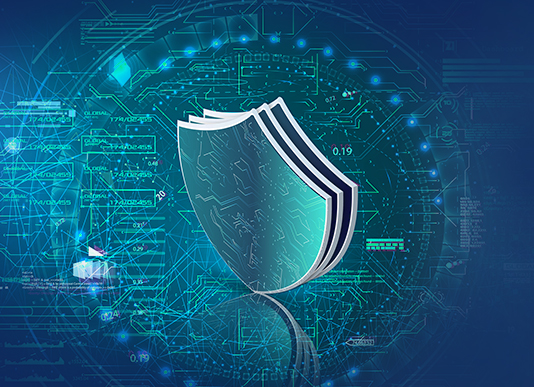Ransomware, phishing scams, malicious email attachments, hacker attacks — the list of potential cybersecurity threats just continues to grow. Most experts agree that it’s a matter of when, not if, an organization will be the target of a cyberattack.
Cybersecurity
Email attacks remain one of the most significant security threats organizations face today. With hundreds of billions of emails sent and received daily, hackers have a massive attack surface to exploit. Organizations must take steps to secure access to email systems and to prevent the spread of malicious content and attachments.
Most IT teams have their hands full responding to user support requests, making sure backups run, patching servers, and handling a host of other operational tasks. It’s difficult to find the time to sit down and develop an overarching cybersecurity strategy.
Only the very largest organizations have a fully staffed, around-the-clock security operations center. In most firms, the IT team works during business hours, with an on-call rotation to handle after-hours support requests. If there are IT personnel working nights and weekends, they’re likely short-handed. If a cyberattack occurs, they’re going to have a hard time responding quickly to mitigate the threat.
Once upon a time, doctors commonly visited sick patients in their homes. Although the practice has long since fallen out of favor, telemedicine creates a high-tech version of the house call by enabling real-time, two-way interactive video consultations between physicians and remote patients.





